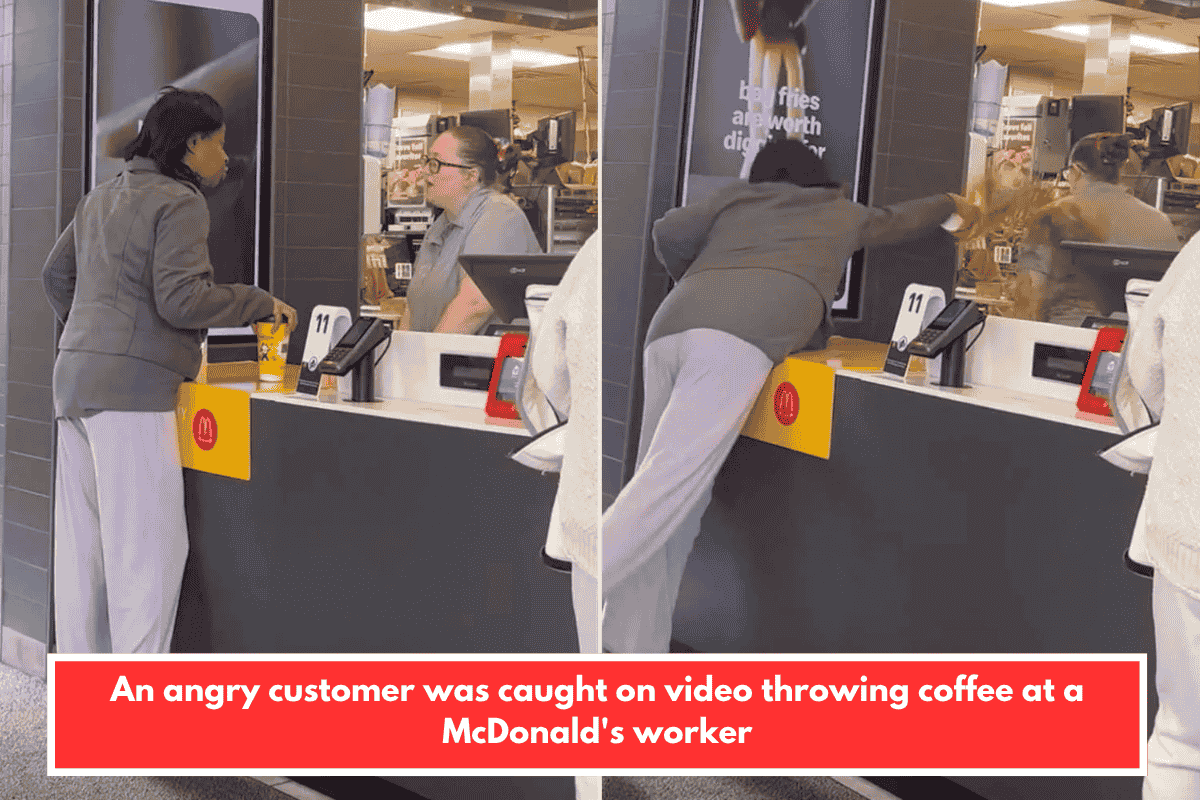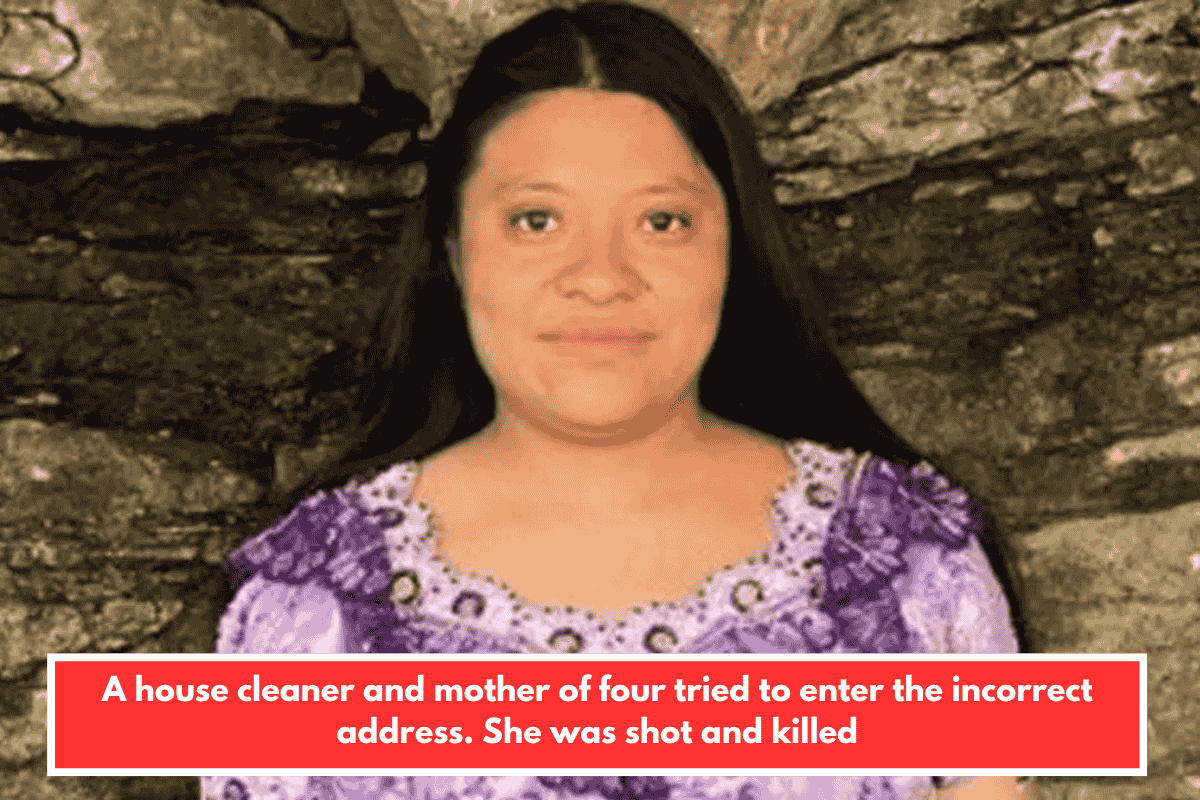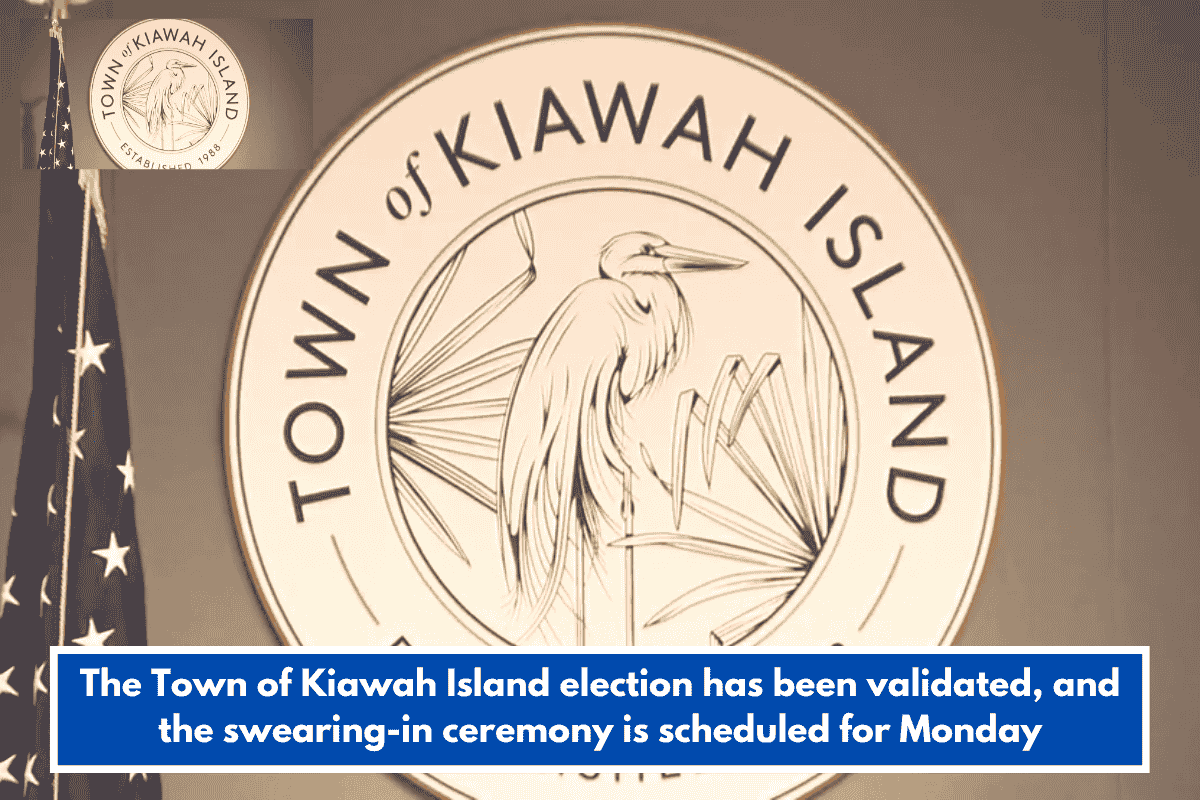A federal district court judge, William Alsup, expressed frustration with the U.S. Supreme Court over its handling of a case related to the Trump administration’s mass firing of 16,000 federal workers in 2025. Alsup’s decision, issued on Friday, addressed motions for summary judgment, and while he ruled largely in favor of the plaintiffs (the fired workers), he pointed to the Supreme Court’s actions as a significant factor in limiting the relief he could offer.
The Case: Unlawful Firing of Federal Workers
In early 2025, the Office of Personnel Management (OPM) directed federal agencies to fire their probationary employees en masse. Judge Alsup ruled that this directive was unlawful, and the methods used to enforce these terminations were also illegal. The firings, conducted under the Trump administration, were later deemed to violate the Administrative Procedure Act (APA), which governs administrative agencies.
Despite his ruling in favor of the plaintiffs, Alsup expressed that the court’s ability to remedy the situation was constrained due to interference from the Supreme Court, particularly through the use of the “shadow docket”.
Shadow Docket and Its Impact
The shadow docket refers to cases where the Supreme Court issues emergency rulings without full analysis or public hearings. These rulings, while impactful, often lack the transparency and reasoning that come with a full court opinion. Alsup took issue with the Court’s use of the shadow docket, suggesting that such rulings, especially in high-stakes cases, leave lower courts with limited guidance on precedential issues. He noted that the Roberts Court’s decisions often appear partisan, and without clear reasoning, lower courts cannot determine whether the rulings set any binding precedent.
In this case, the Supreme Court had previously stayed Alsup’s preliminary injunction that required the government to reinstate the terminated employees. In a two-paragraph order, at least five justices granted the stay, effectively preventing the fired workers from being rehired. This ruling had serious real-world implications for the affected employees and obstructed the lower court’s efforts to return the employees to their posts.
Impact on the Court’s Ruling
Alsup acknowledged that, given the Supreme Court’s interference, his hands were tied in providing full relief. He lamented that the workers had moved on with their lives, securing new jobs, and that many positions in the federal agencies had been reorganized in the months since the firings. As a result, even if the employees were reinstated, they might not have positions to return to.
However, the judge still found that the plaintiffs continued to be harmed by the unlawful firings and ordered a modified relief. He directed the government to update each terminated employee’s personnel files, ensuring that the termination was not based on performance or conduct. This would provide the fired workers with a record reflecting that their terminations were unlawful.
Additional Measures and Restrictions
Alsup further mandated that each fired employee receive a corrective letter stating that their termination was not related to performance or conduct. The letters were to be personalized and straightforward, avoiding any mention of the legal dispute or the court’s ruling. Additionally, the judge prohibited the use of the OPM template for future firings, requiring agencies to make independent decisions in compliance with applicable law.
While Judge Alsup’s ruling offered some relief to the fired workers, his criticism of the Supreme Court’s shadow docket highlighted the challenges lower courts face in navigating high-profile cases with limited guidance. The judge expressed frustration with the Court’s emergency docket, which he felt obstructed meaningful legal resolution and perpetuated harm for the employees involved. Ultimately, while the fired workers received some acknowledgment of the unlawful nature of their terminations, the road to full relief was complicated by the Supreme Court’s actions.














